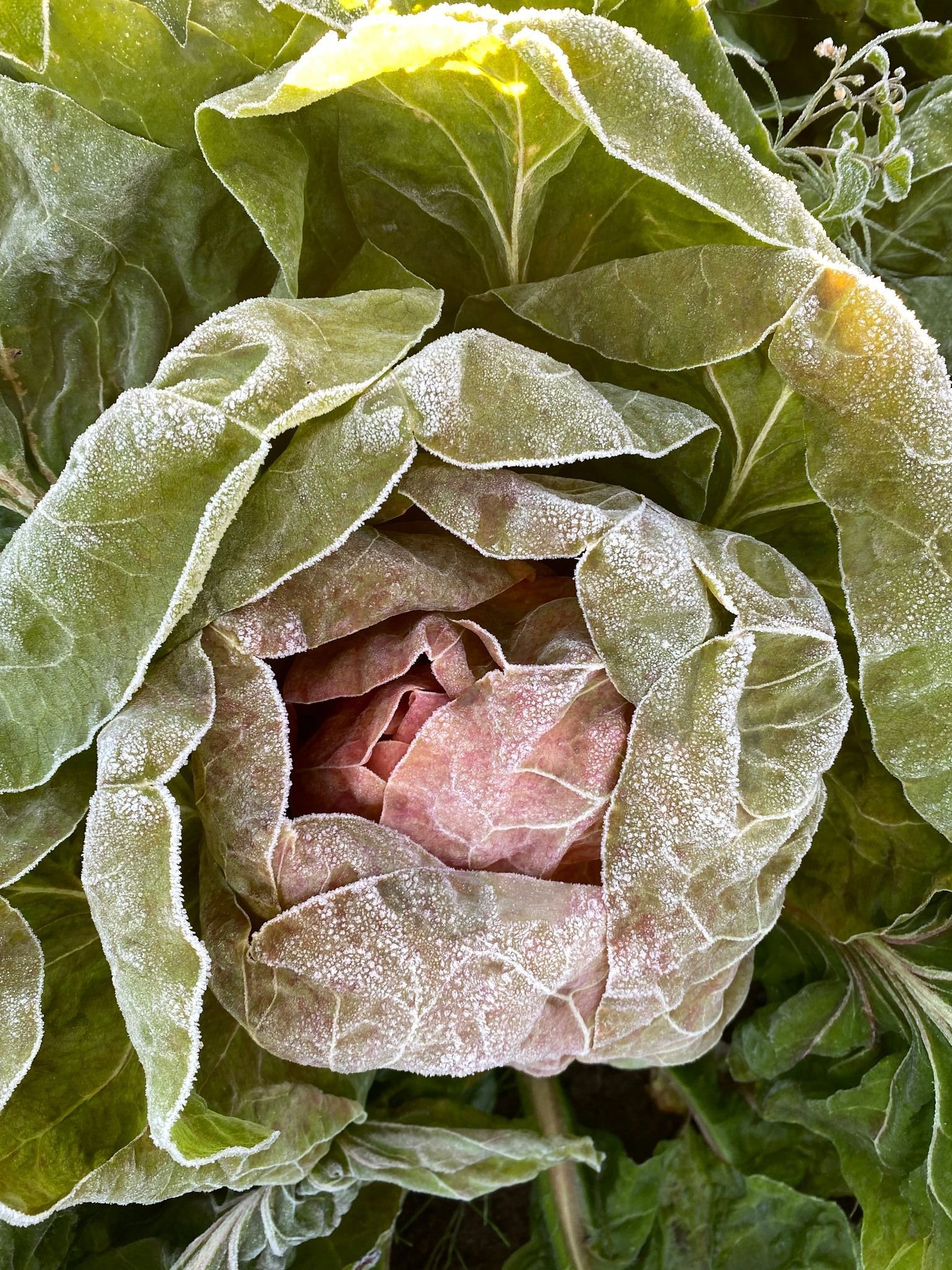2022 Week 5 Newsletter
Image & Pic from TASTE
When Fava Season comes around we usually share Rand's favorite Favas & Dill recipe (which you can find in the Resource Center) but we figured we'd try something new this time around! This dish can be made with meat or can be kept vegetarian. Garnish with chopped cilantro!
4 tbs olive oil
1 Large onion, finely diced
1 lb (450 g) ground (minced) beef, lamb, or a combination
1 tsp salt
½ tsp ground coriander
¼ tsp freshly ground black pepper
1 cup (125 g) shelled fava (broad) beans, blanched and peeled
6 eggs
Bread, for serving
FOR VEGETARIAN VERSION:
3 tbs olive oil
9 oz (250 g) white cheese (such as halloumi, Akkawi, or Nabulsi), cut into bite-size pieces
1 cup (125 g) shelled fava (broad) beans, blanched and peeled
6 eggs
Salt and freshly ground black pepper
Bread, for serving
In a medium frying pan, heat the olive oil over medium-high heat.
Add the onion and cook, stirring, until translucent and starting to brown, 3–5 minutes. Add the meat, salt, coriander, and pepper and cook, breaking up any lumps with a wooden spoon, until the liquid has evaporated and the meat is nicely browned, 6–8 minutes.
Add the fava (broad) beans, tossing to combine, then cook for about 30 seconds.
With the back of a spoon, make 6 wells in the meat mixture and crack an egg into each one. Using the tip of the spoon, spread the whites around slightly, especially the thicker part surrounding the yolk, to ensure they cook evenly. Cover and cook until the yolks are at your desired level of doneness, about 3 minutes for runny or 5 minutes for fully cooked. Remove from the heat and serve immediately with bread.
TO MAKE THE VEGETARIAN VERSION:
In a medium frying pan, heat the olive oil over medium heat. Add the cheese in a single layer and cook for a couple of minutes on one side until starting to brown (time can vary considerably between brands depending on moisture content, so keep an eye on it), then flip over.
Reduce the heat, to avoid burning the cheese, and add the fava (broad) beans. Crack the eggs evenly over the cheese and fava beans. Sprinkle with salt and pepper. Depending on how salty the cheese you are using is, you may not need to add any salt. Increase the heat to medium and with the tip of the spoon, spread the whites around slightly to ensure they cook evenly. You can also pierce the yolks and allow them to spread over the whites to give a nice marbled look and even flavor. Cook until at your desired level of doneness.
Remove from the heat and serve immediately with bread.



















